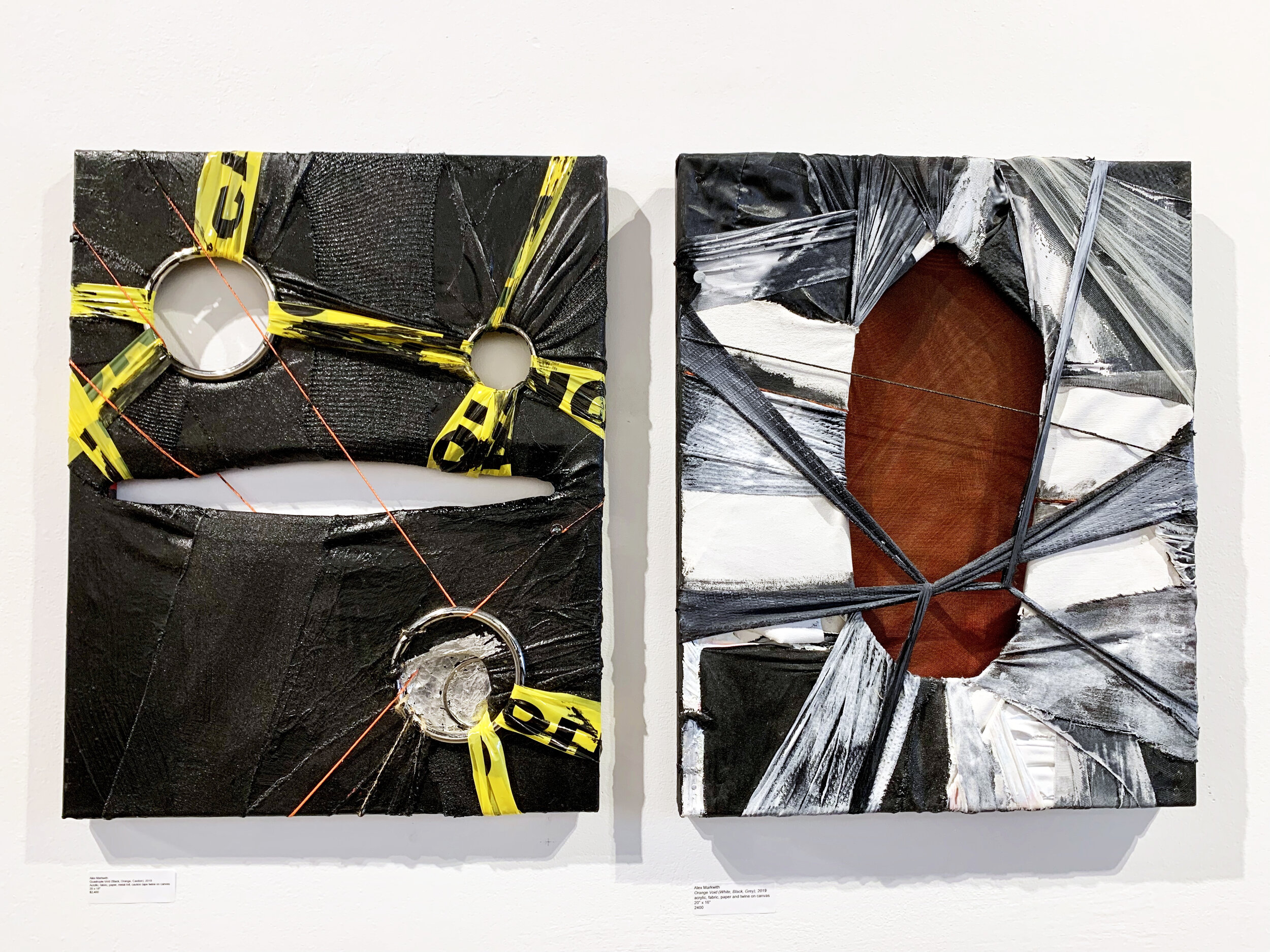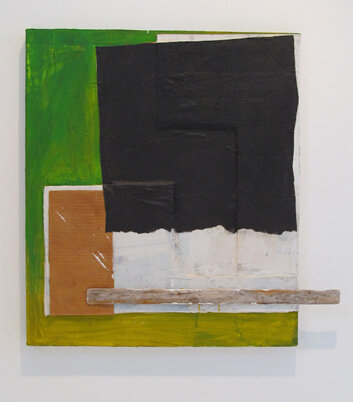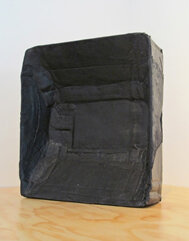Saturday and Sunday
September 3rd and 4th
11:00 - 17:00
LIMITED EDITION PRINTS AVAILABLE
Read moreYour Custom Text Here

Alex Markwith, Quadruple Void (Black, Orange, Caution), 2019, 20 x 16”

Alex Markwith, Orange Void (Black, White, Grey), 2019, 20 x 16”



Alex Markwith, Plaxall Gallery, installation September 2019
CREATIVE MOSAIC
Artists Working in Queens
A juried exhibition curated by Osman Can Yerebakan, conceived and developed by Carol Crawford
LIC–A’s aim is to increase awareness and appreciation of the richly diverse art produced throughout Queens.
Exhibition on View: September 5 – October 13
Opening Reception: Sunday, September 8, 1-4pm
Day of LIVE PERFORMANCES: September 14, 2-6pm
Closing Reception & Artist Talk: October 13, 2-5pm
Facebook page for Opening Reception:
facebook.com/events/516405309120015
Facebook page for Creative Mosaic LIVE:




About the Curator
Osman Can Yerebakan is a curator and art writer based in New York. His writing has appeared on T: The New York Times Style Magazine, The Paris Review, Vulture and The Cut (both New York Magazine), The Brooklyn Rail, BOMB, Village Voice, Harper’s Bazaar Arabia, Wallpaper*, L’Officiel, Flaunt, Galerie Magazine, Cultured, and elsewhere.
Osman previously organized exhibitions at The Clemente Center (Residual Impression; A Room of One's Own), La MaMa Galleria (Party Out Of Bounds: Nightlife As Activism Since 1980), Radiator Gallery (Works: Reflections on Failure), Equity Gallery (Like Smoke), AC Institute (My Nights Are More Beautiful Than Your Days), Center for Book Arts (En Masse: Books Orchestrated), Local Project (Hopscotch), UrbanGlass (Glass Ceiling: Art of Resilience and Fragility), Leslie Lohman Museum Project Space (Alternate Routes), the Queens Museum (Executive (Dis)Order: Art, Displacement & the Ban), and Residency Unlimited (Contingencies).

Alex Markwith, Untitled (Black with Pinks), 2013, 22 x 13”
Alex Markwith - Recent Work
ILLE ARTS - Amagansett
May 5, 2013
Alex Markwith's new paintings bounce from illusory fields of pitch black to color-punched assemblages made from cardboard, fabric and wood scraps. Markwith's minimal means yield vivid results at Ille Arts in Amagansett where they are currently on view.
The imagery in his black paintings is fugitive, and it seems to float across the picture face through total darkness. The larger the work the more phantom its pictorial architecture, and it sinks in and out of blackness like a mirage. For Markwith, black is an absolute.
Where light falls becomes integral to reading the larger black works like Untitled (Large Black Horizontal with Red Vertical) above. The painting is not monumental but it's large enough that it cannot be apprehended all at once -- not because of its scale but because of its darkness. It's like looking into a cave.
Here, dark vs light becomes a phenomenon that forces the viewer to assemble the work in chapters, like a book, because you just can't see it all at once. You find yourself scanning the surface, identifying passages as they emerge into light and relying on memory to assemble the picture in the mind's eye. The surface is visceral, dense and so intuitive that it's almostcongenital in nature.
As the work coalesces, its content comes into focus with rich passages of structural myth-making, overlapping visual idioms and instinctive formal decisions. The arrow shape at its center -- barely visible at first glance -- is tectonic, setting the stage for a picture space that is dramatic and filled with pulsing, abstract energy.

detail: Alex Markwith, Untitled (Large Black Horizontal with Red Vertical), 2013, 60 x 76”
This is the dominant painting in the front gallery -- the first thing you see when you walk in the door. That its content is rich but so fleeting, anchored by a single strip of red pigment, is fascinating -- its surface and structure is sumptuous and it possesses a formal richness that smacks of spot-on impulse.

Alex Markwith, Untitled (Small Orange), 2013, 18 x 13”
Markwith understands color, too, applying it variously with painterly strokes that advance the picture field toward content or saturating it with such rich chroma that the works look not so much painted as they do marinated in color.

Alex Markwith, Untitled (Textural Painting 1), 2013
His decision making is instinctive, with a powerful formal structure. Shards of linen and pinstripe textiles cleave against the subtle ribbing of corrugated board, salvaged wood slats that reroute the picture space or dive across image fields with dramatic effect. His sense of order is intrinsic.

Alex Markwith, Untitled (Work on Canvas with Green), 2012
Markwith graduated from RISD in 2011. In the beginning there, he spent much of his time undoing the presumptions about Western canon with which he had arrived. His response to the dissolution of pictorial representation in works from the early 20th century fueled much of his understanding of abstraction -- a concept he had found untenable early on. Malevich, Schwitters, Scarpitta and eventually Rauschenberg figured heavily in this personal renaissance. It's clear that he gets it now.

Alex Markwith, Concave, 2013
Markwith works both in Montauk and in New York City, with marked differences in each studio environment. Although he finds no determinate factors in either place, he acknowledged that the low ceilings in New York have an impact on scale. In saying that, I couldn't help imagine the structure of his works being impacted by a specific architecture. The works are quintessentially urban -- very much the product of right angles. And while his compositions are drawn from the 2-dimensional they possess a depth that is sculptural. Indeed, he also works in the round, with crisp and thoughtful results.
Alex Markwith is someone to keep your eye on. Don't miss his show at Ille Arts.

Alex, Ille Arts, installation view